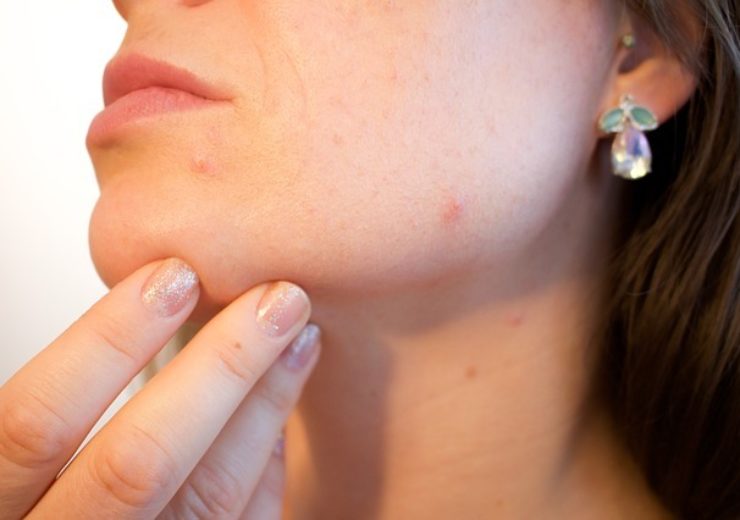Sebacia Microparticles is used with 1064nm lasers in photothermal heating of sebaceous glands to treat inflammatory acne vulgaris

Image: Sebacia announces EU, US study results of Sebacia Microparticles for acne. Photo: Courtesy of Kjerstin Michaela Haraldsen from Pixabay.
US-based commercial stage dermatology and aesthetics company Sebacia has unveiled positive real-world results from the two Europe and the US studies of Sebacia Microparticles.
Sebacia Microparticles has been approved by the US Food and Drug Administration (FDA) as a prescription product, which is used with 1064nm lasers in photothermal heating of sebaceous glands to treat inflammatory acne vulgaris.
Ongoing EU registry study of Sebacia Microparticles
Sebacia said that its ongoing EU study is aimed at evaluating acne outcomes in patients who received pre-treatment with common first-line topical acne medications before facing the Sebacia treatment.
Under the study, the patients were prescribed a 2-4-week course of topical retinoid followed by three weekly in-office treatments of Sebacia Microparticles at commercial centres.
The company conducted the study at nine non-academic clinical practices in Europe and has enrolled 76 patients so far and unveiled the latest two years’ data from the clinical study.
The study demonstrated that 92% average acne inflammatory lesion count (ILC) improved at 24 months compared to baseline.
It said that 77% of patients were free from acne medication, while only 9% of patients received a topical acne drug and only 14% received a systemic acne drug during the follow-up period. No serious or unanticipated adverse events were recorded in the study.
Northwestern University Feinberg school of medicine clinical associate professor Ashish Bhatia said: “I am pleased to see these 3-month results from the U.S. registry tracking similarly to the European registry study that was conducted previously.
“The real-world results provide clinicians with additional data about treating acne patients with Sebacia Microparticles who are already using topical retinoids, a common first-line therapy.”
Ongoing US registry study of Sebacia Microparticles
The ongoing US study is aimed at evaluating the acne outcomes in patients treated with Sebacia Microparticles in combination with the ongoing use of topical retinoids.
Unlike the EU study, patients in the US study continued to receive topical therapy after their third Sebacia treatment at the discretion of the investigator.
The company conducted the study at six non-academic clinical practices in the US, enrolling 72 patients with three-month follow-up, and unveiled three months’ results, which showed a 65% average acne ILC improvement at three months from baseline.
The results were presented at the American Society for Dermatologic Surgery (ASDS) 2019 Annual Meeting in two oral presentations.
Miami Dermatology and Laser Institute practising dermatologist Jill S Waibel said: “These 24-month results from the EU registry study provide us the first perspective of the long-term safety and durability of Sebacia Microparticles in acne patients.
“Sebacia Microparticles represents an option for dermatologists that is complementary to our polytherapy approach to acne while allowing us to target the sebaceous glands with a selective and local treatment.”
